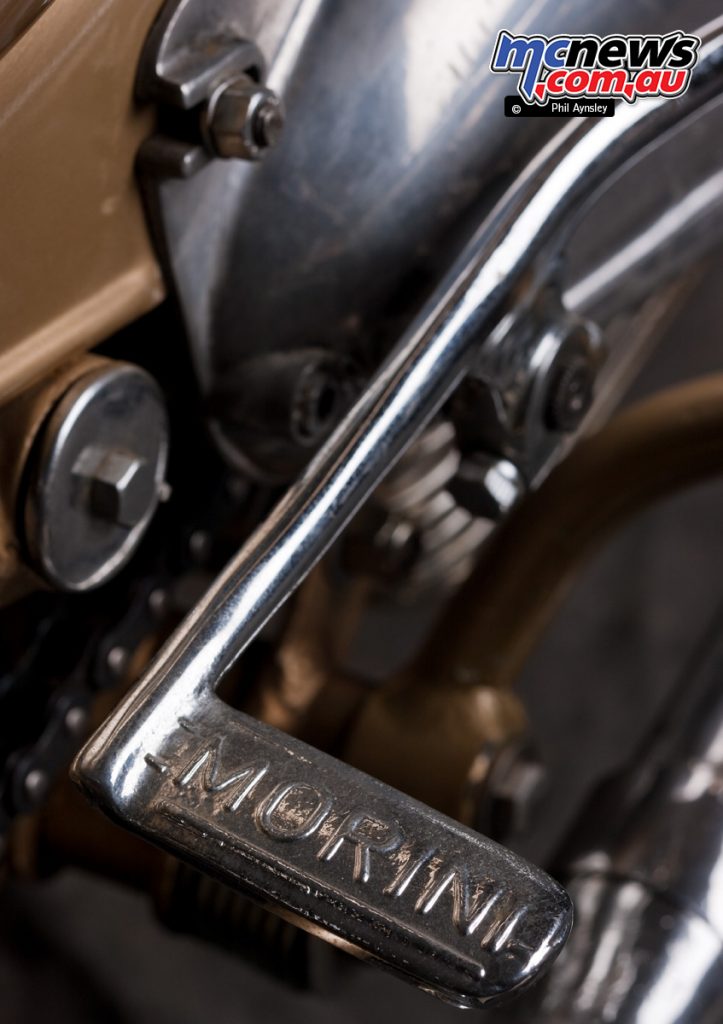Moto Morini
The early years
With Phil Aynsley
One of the more famous marques of the many to come from the Bologna region in Italy is Moto Morini. Alfonso Morini opened a workshop in 1914, then served with an army motorcycle unit during WWI.
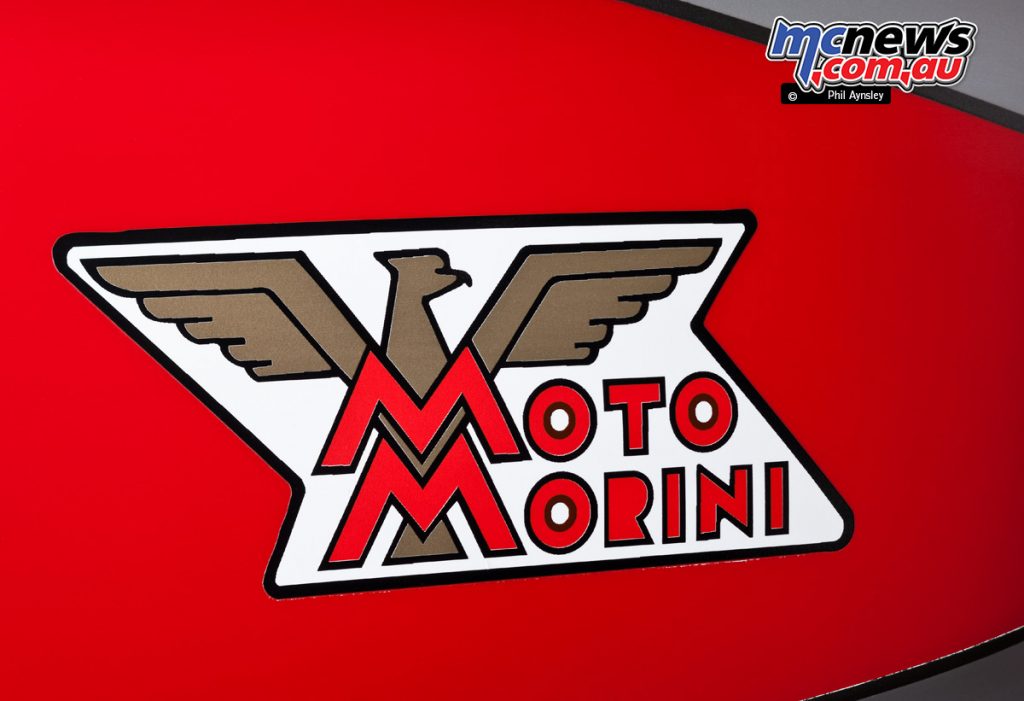
He raced motorcycles during the 1920s, and in 1925 was employed by Mario Mazzetti to design, construct and ride a 120 cc two-stroke bike which was raced under the MM name. In 1927 this MM set six world records at Monza and Morini himself established a new 175 cc world speed record in 1933.
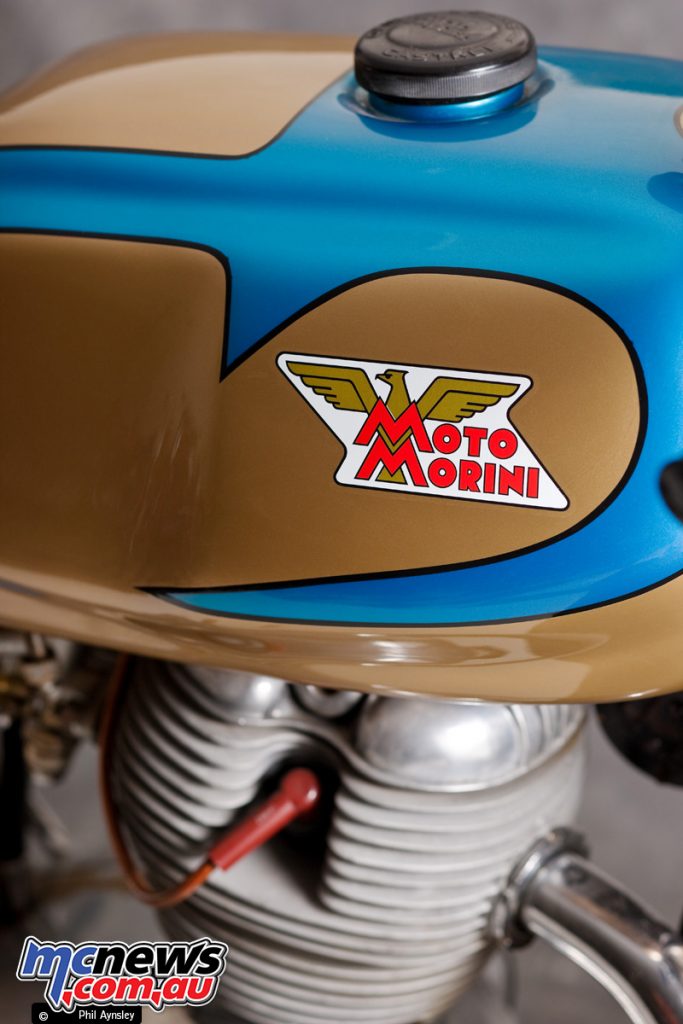
Morini split from Mazzetti and established his own company in 1937 and began to manufacture 350 & 500 cc three-wheelers, which were very popular in Italy. During WW II his factory was switched to aircraft component manufacturing and was subsequently bombed in 1943.
Production of the first Moto Morini motorcycle began in a new factory in 1946. The 125 cc two-stroke was soon joined by a Sport version, then in 1953 the 175 cc OHV four-stroke Turismo was released.
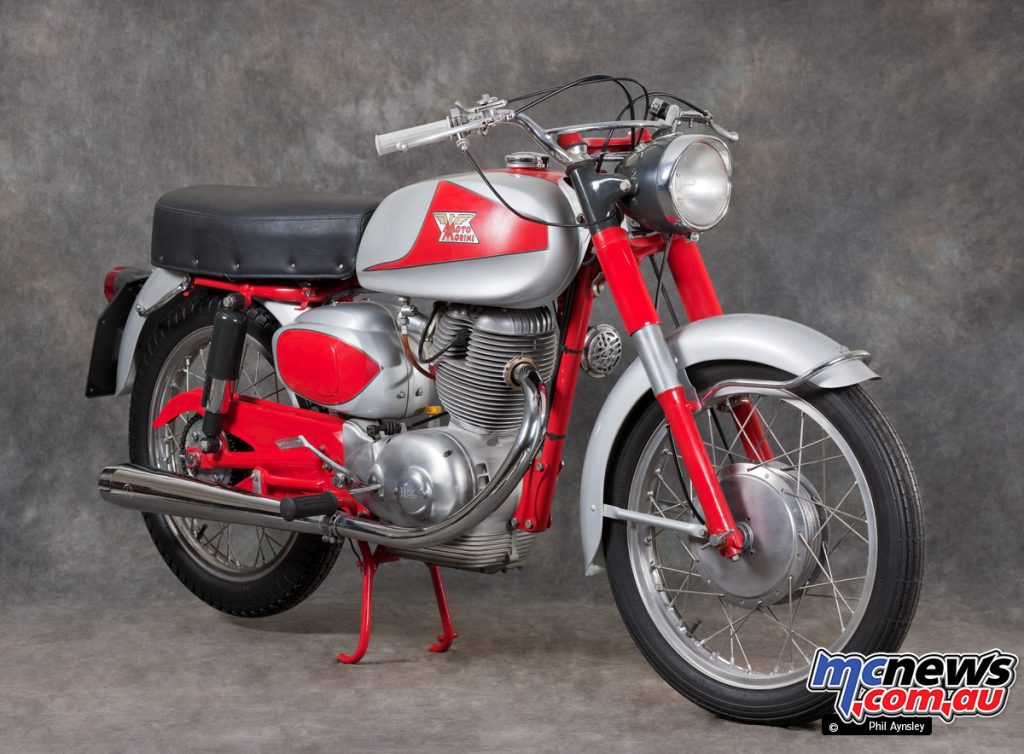
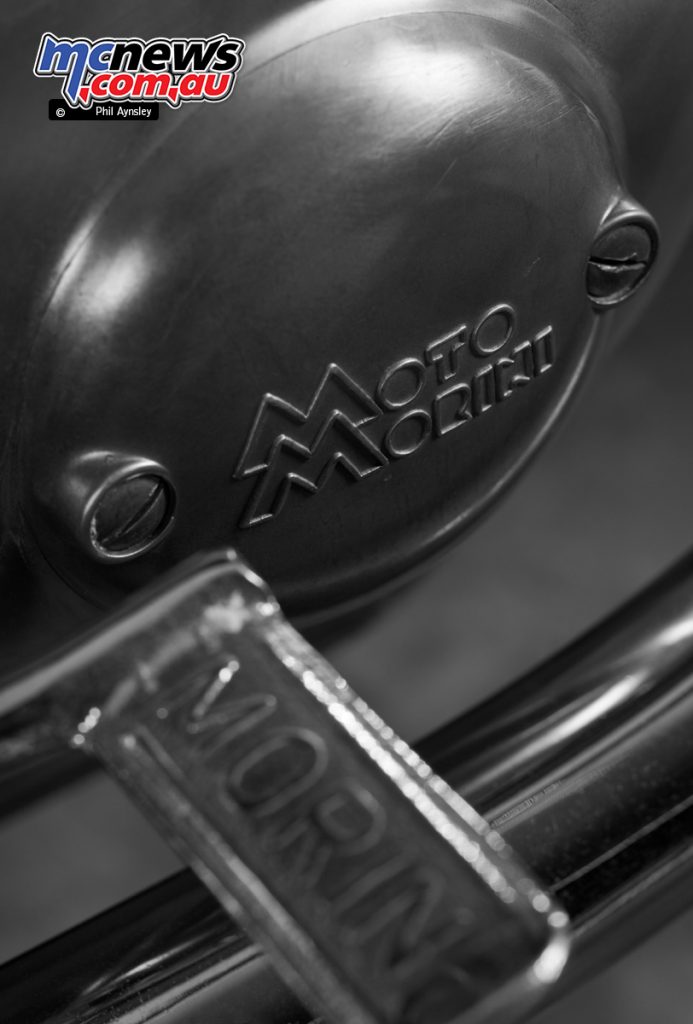
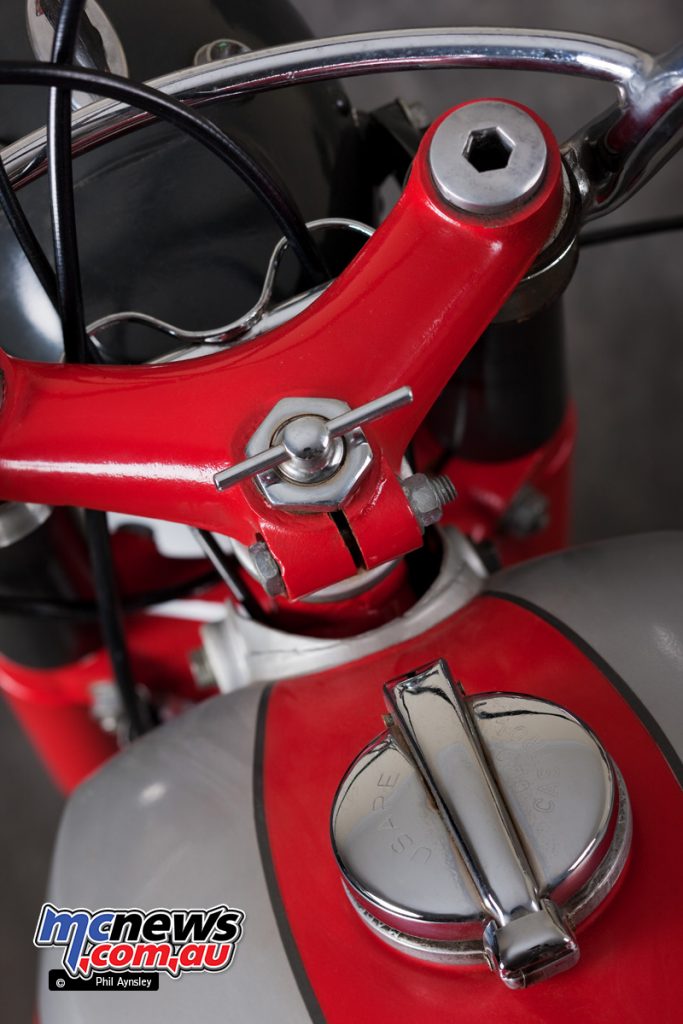
The range of 175 cc models was soon expanded, all rather uniquely named after popular Italian card games: the Settebello (Seven of Diamonds), Biscola (Trumps) and Tresette (Three Sevens).
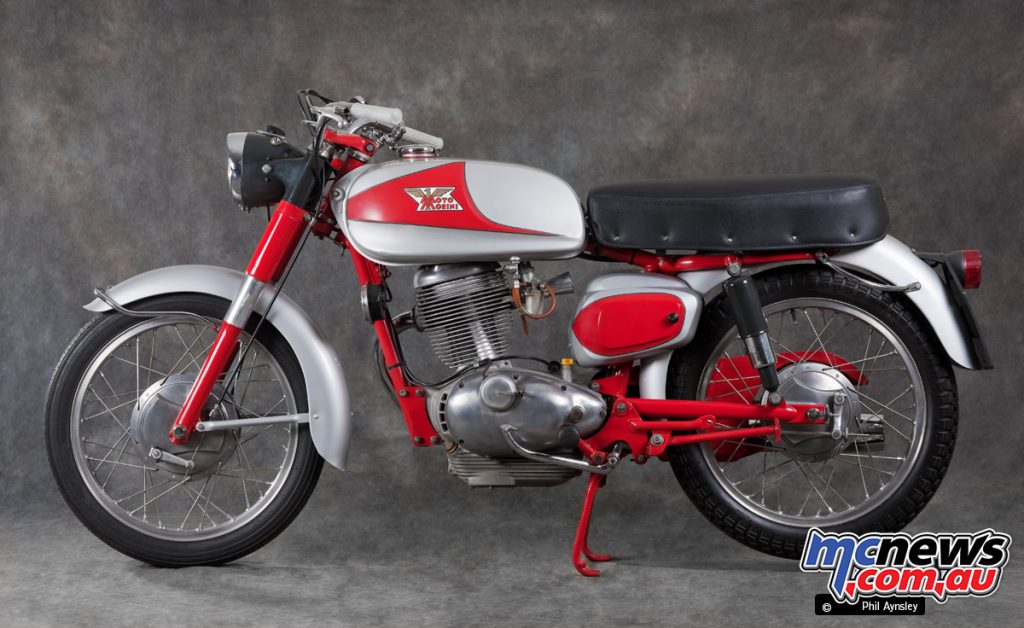
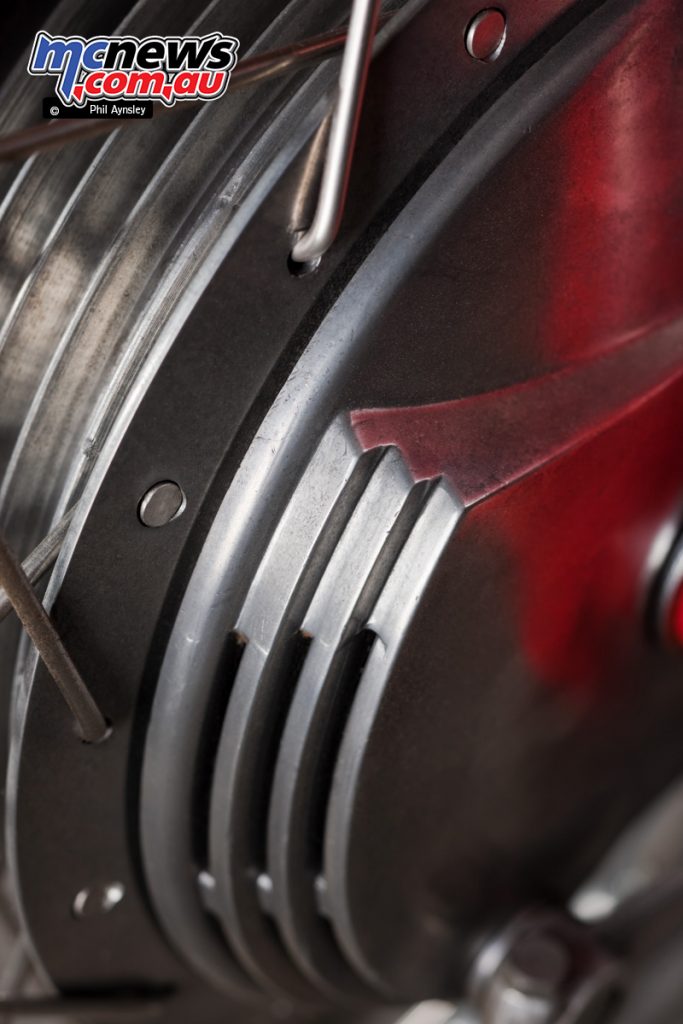
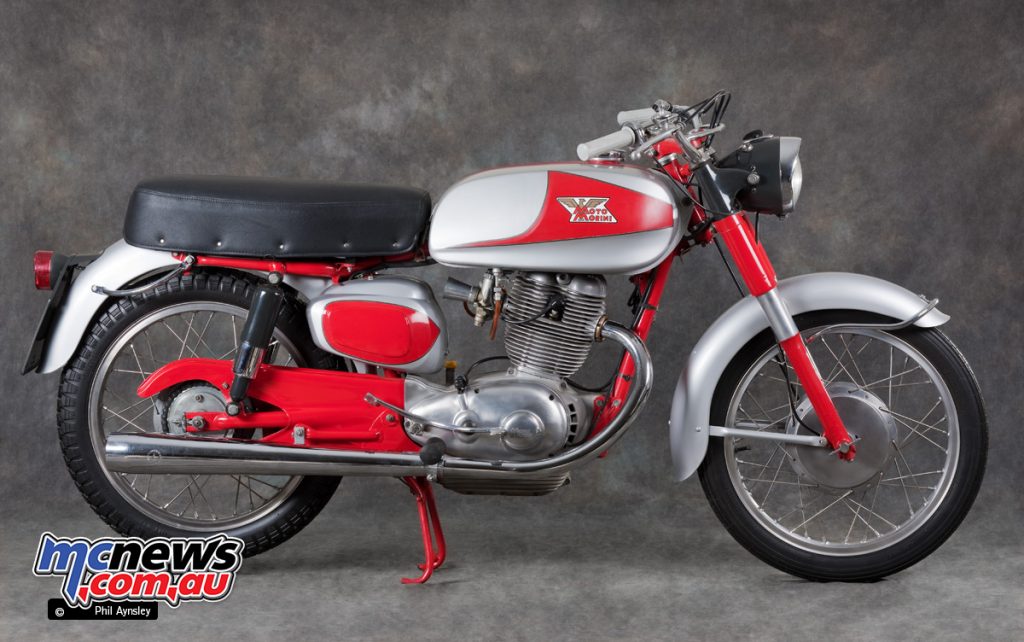
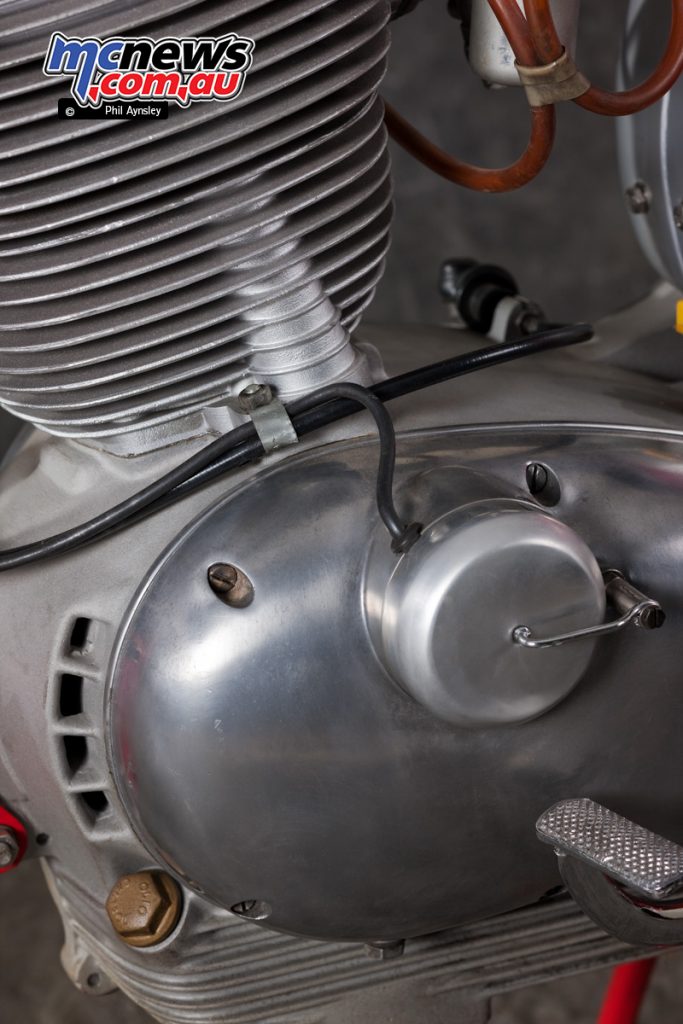
The two bikes seen here give an idea of how the company kept its manufacturing costs down by employing the same basic design over a period of 14 years while still delivering desirable models. The first is a 1960 175 Tresette Sprint.
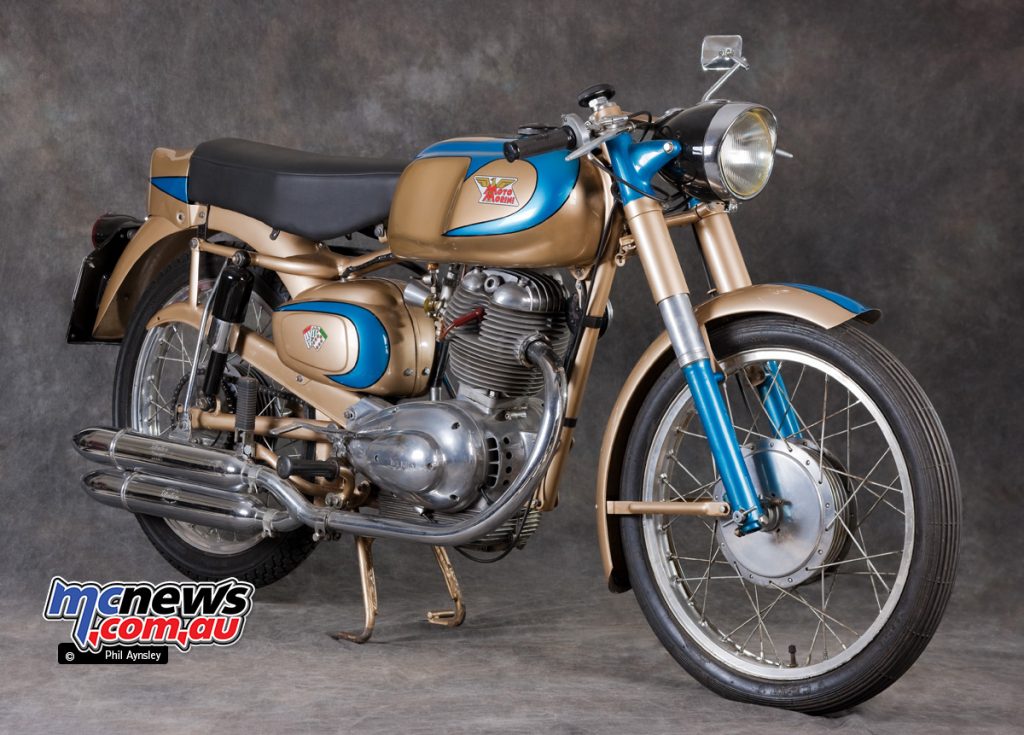
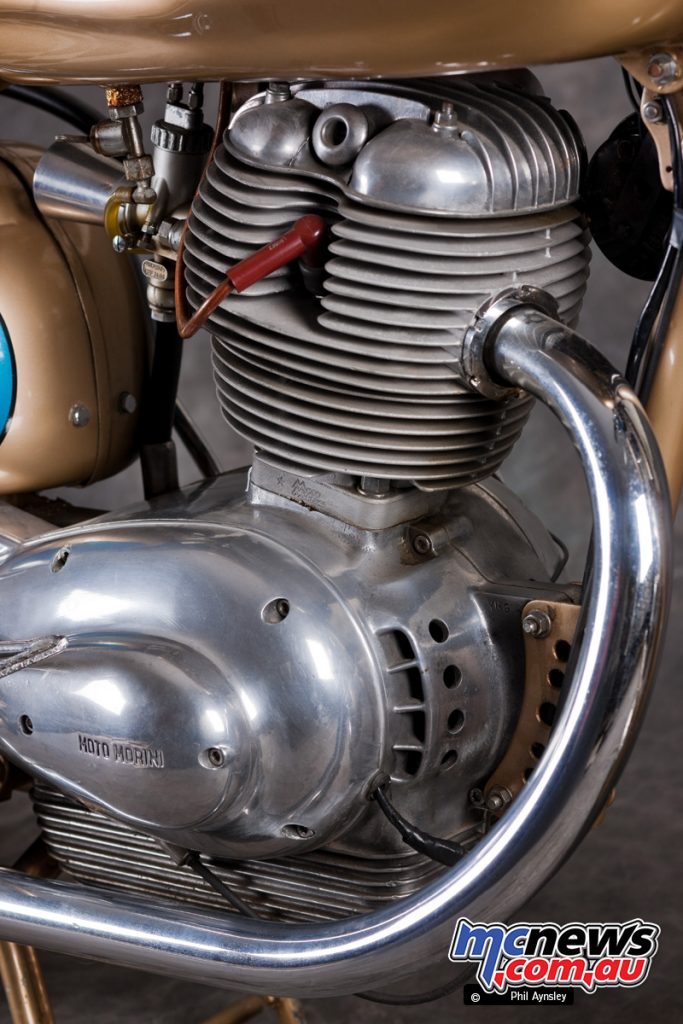
Very much the sporting machine it used a much higher compression ratio than the standard Tresette (9.2:1 compared to 7.4:1) and a larger 22.5 mm Dell’Orto carburettor to make 13 hp at 6500 rpm (standard 10 hp at 6000 rpm). It approached the Settebello as the company’s highest performing bike.
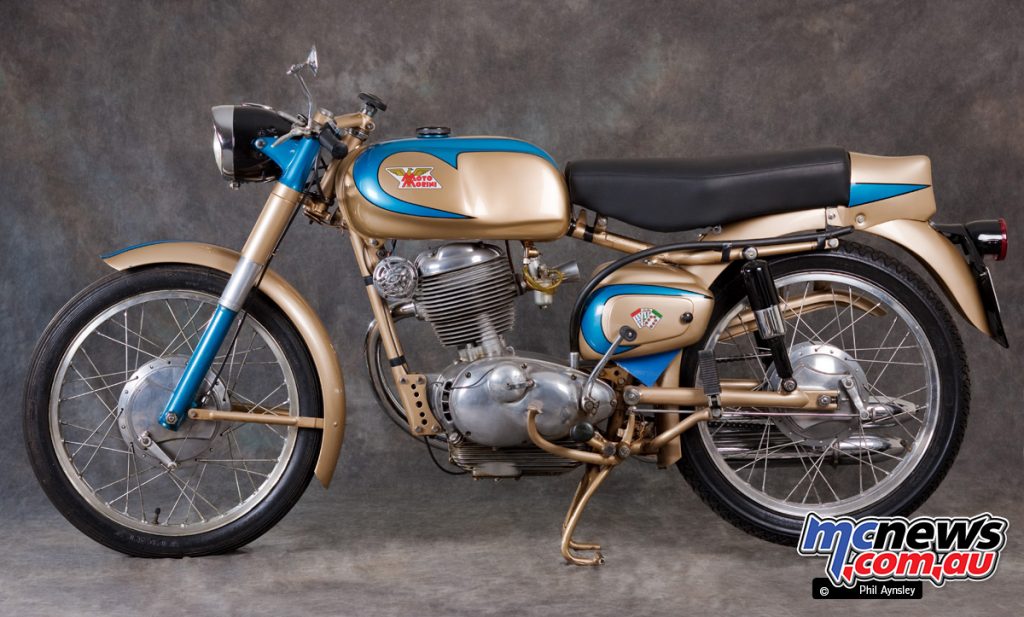
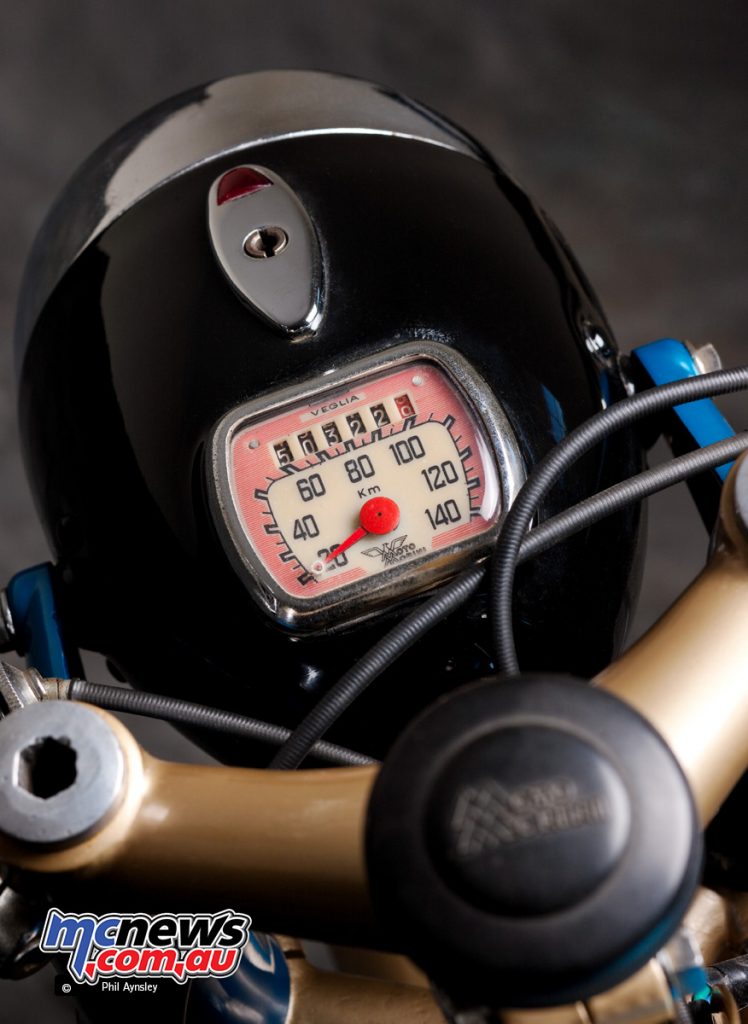
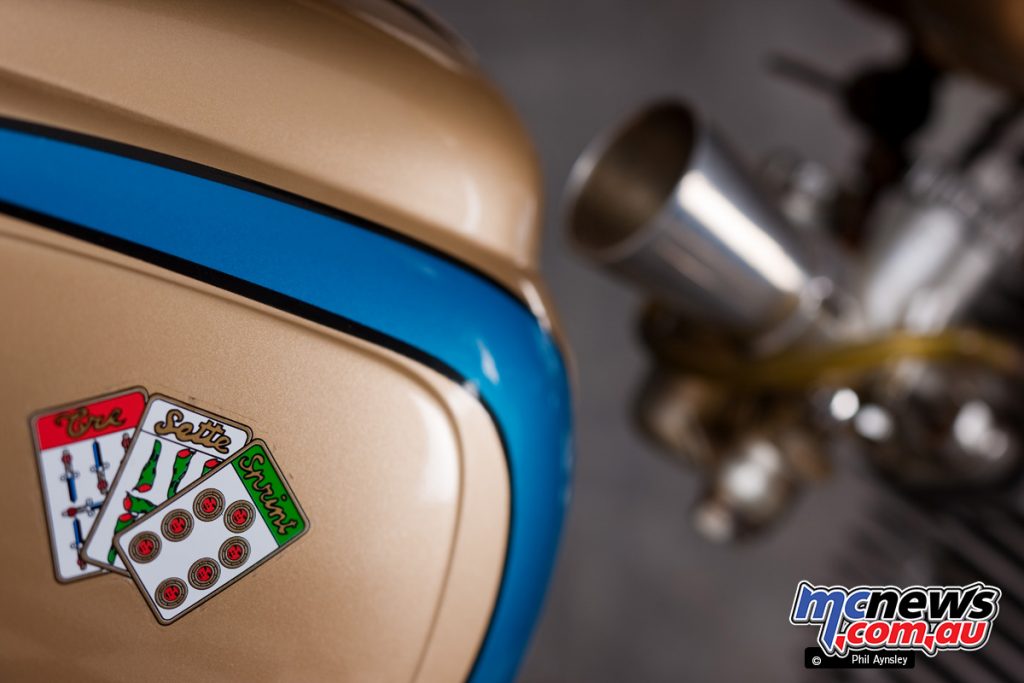
The second is a 1968 Settebello GTI 250, a very different version of the sporting 175 that first appeared in 1954, and one of the rarest Morini produced with only some 700 made. It was manufactured from 1965 to 1968 and was aimed at the US market (where is was called the Typhoon).
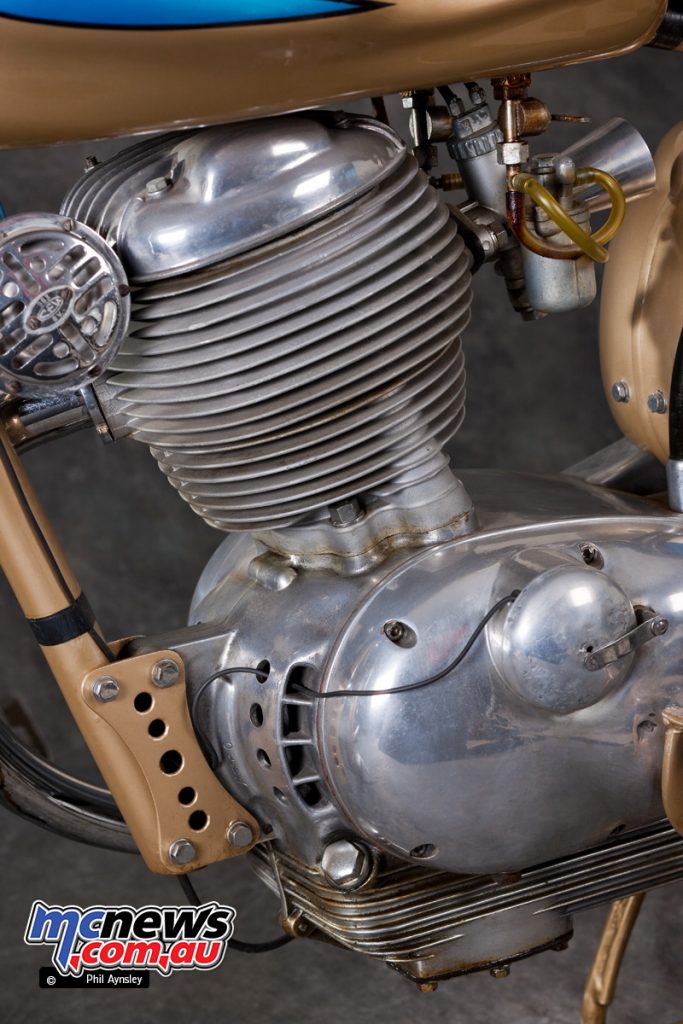
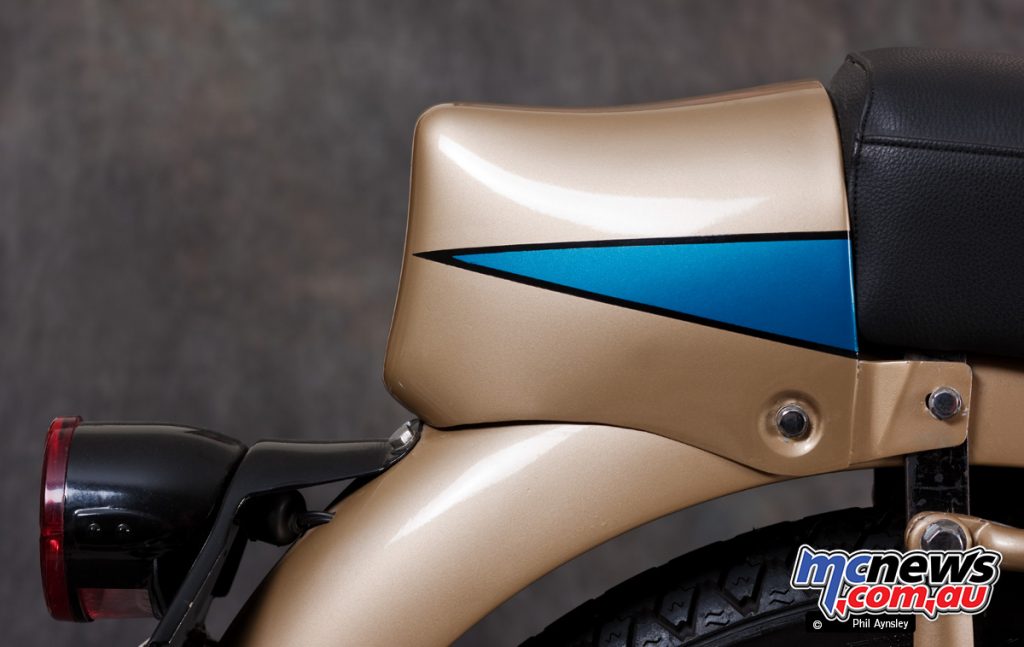
It was confusingly also called the GT, GTI, 250T and just the Settebello! The touring handlebars, deeply valanced mudguards and large dual seat were all fitted to appeal to the American buyer (although it was also sold in Italy). This bike has a non-standard muffler and is missing the card decals on side covers.
